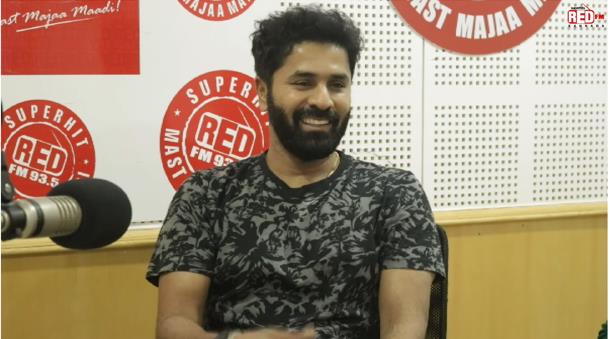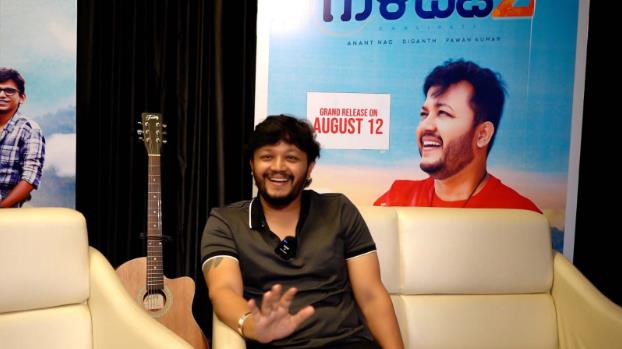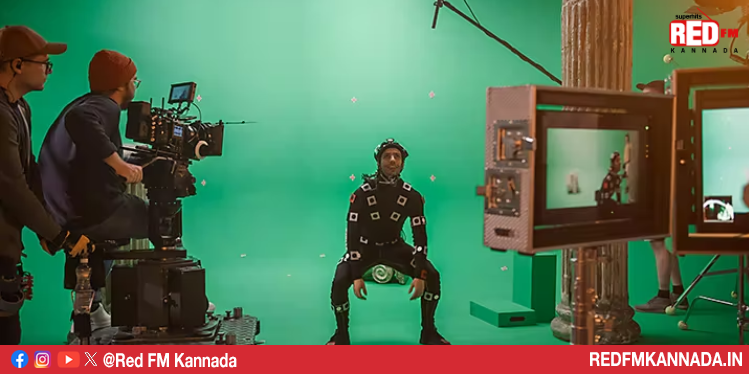The advent of VFX and CGI technology in Indian cinema is a fascinating journey that has transformed the industry. Initially pioneered by visionaries like Georges Melies, Willis O’Brien, and Ray Harryhausen, VFX and CGI technology found its way into Indian movies through the pioneering work of Dr. K.V.S. Rao, often celebrated as the “Father of Indian Special Effects.” Dr. Rao introduced these ground-breaking techniques to Indian cinema in the 1957 film “Maya Bazaar,” marking the beginning of a visual revolution. Hollywood, with its mastery of these technologies, played a significant role in influencing their adoption in Indian cinema.
“Koi Mil Gaya” (2003) stands as the first Indian film to fully embrace VFX, directed by Rakesh Roshan. It captured hearts with its portrayal of an endearing alien visitor, marking a significant milestone.
In recent years, films like “RRR,” “Baahubali,” “Brahmastra,” “Krrish 3,” and “Life of Pi” have reshaped Indian cinema. These movies utilized VFX extensively, captivating both local and global audiences, and earning acclaim at the national and international levels. “Baahubali” notably won the prestigious National Film Award for Best Special Effects.


Renowned Indian directors such as S.S. Rajamouli, Karan Johar, and Rakesh Roshan have skilfully incorporated VFX into their films, elevating storytelling to unprecedented levels. VFX has become a powerful tool for Indian filmmakers, enabling them to transcend the confines of reality and expand their creative horizons.
Talented VFX and CGI artists like Srinivas Mohan, Prasad Sutar, and Aditya Chopra have played pivotal roles in shaping the industry, pushing the boundaries of what’s possible. India boasts several world-class VFX agencies, including Red Chillies VFX, Prime Focus, and Makuta VFX, which have been instrumental in bringing Indian stories to life with stunning visual effects.


The future of VFX and CGI in Indian cinema holds great promise. It empowers filmmakers to create immersive worlds, connect with global audiences, and push the boundaries of creativity. However, challenges such as escalating costs and overreliance on technology must be navigated.
VFX and CGI technology have ushered Indian cinema into a new era of creativity and spectacle. Through visionary directors, talented artists, and pioneering technology, Indian films are captivating audiences worldwide. As the industry continues to evolve, the possibilities are limitless, promising a future where the line between reality and imagination blurs, leaving audiences in awe.



















































